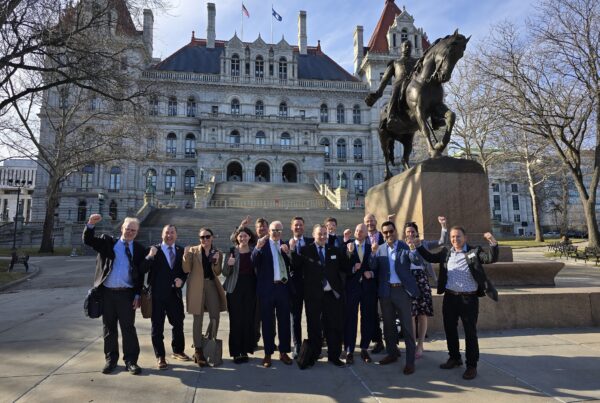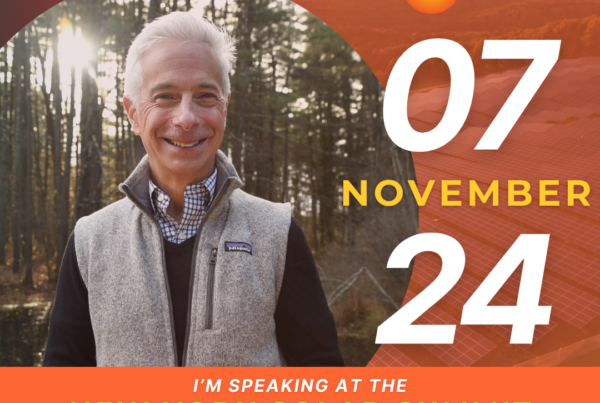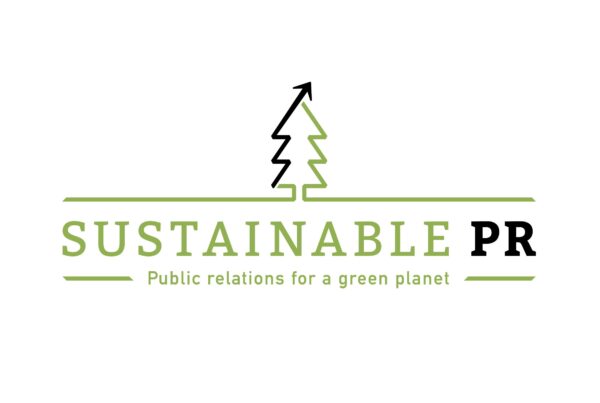For more than 30 years, Sustainable PR’s Public Affairs Contributor John F. Kouten has counseled some of the world’s leading pharmaceutical, food science, personal care, and nutraceutical companies. During his career, Kouten served as head of global public affairs for Johnson & Johnson and Bristol Myers Squibb, and head of North American public affairs for Sanofi Inc. More recently, he has overseen projects relating to nuclear medicine compliance at GE Healthcare and sustainable practices for an emerging cannabis company. Having managed delicate topics associated with medical waste disposal and safe drinking water, he brings to Sustainable PR valuable issues management and crisis communications expertise.
Nicole Hallberg, Sustainable PR Content Marketing Contributor, recently spoke with Mr. Kouten for a more personal perspective on his crisis communications, public policy, and sustainability experience. He emphasizes that crisis communications play a crucial role in protecting people and environments, and ultimately the image of the corporation.
Hallberg: How did you enter the world of public relations?
Kouten: I originally wanted to be a journalist, and when I graduated college in 1989, nobody was hiring. Having been raised by doctors and pharmaceutical chemists, I figured I’d apply for an entry-level PR position at Jersey Shore Medical Center. There I began to learn life science communications. Six months later I was recruited by Hill & Knowlton in Manhattan doing pharmaceutical PR. I fell in love with life science PR, and after 30 years now, I’m still loving it!
My early H&K career included clients such as Pfizer, Bayer, and Boehringer Ingelheim. I was subsequently recruited to a smaller boutique NYC firm where I was a bigger fish in a smaller pond. In this position I rose through the ranks serving clients such as Abbott, Merck, and Cyanamid. It was here that I also began to serve nuclear medicine companies and cut my teeth on significant environmental crisis PR activities.
After my time as an NYC agency animal, I was recruited by Sanofi, then Bristol-Myers Squibb, and finally Johnson & Johnson. For approximately 15 years I moved into greater areas of public affairs responsibility.
Back then, public relations was considered a corporate function and had a seat at the c-suite table. During those years in big pharma, I’d say half of my time was spent managing crises. I worked on a lot of global task forces, that included the company, peer companies, academia, government, and nonprofits.
From an environmental perspective, issues ran the gamut, from product disposal, to water safety, to sustainable manufacturing practices. We spent a lot of time managing regulatory and community organizations.
Are there any misconceptions about the role of a public relations professional in crisis communications?
A common misconception is that PR professionals are involved in cover-ups. As a card-carrying member of the Public Relations Society of America since 1989, I never get involved in cover-ups — I can’t. All PRSA members annually sign a code of ethics. Central to this code is zero tolerance for dishonesty.
I would say half my career has been spent helping my clients manage the unexpected and control as much as they can control with detailed crisis plans. And then to pressure test those crisis plans to find where the weaknesses are. It’s very fulfilling, especially when it works.
I don’t want to overlook a bigger company grappling with noncompliant infrastructure, or an energy company that’s trying to transition from fossil fuels to a sustainable renewable energy source but they’re not there yet. Those clients are potentially even harder to serve.
What is it like being in a crisis communication headquarters or command center?
The number one question I receive in a crisis is, “What do we do?” What do we do because there’s been a death, or there’s been tampering, or one of our products was tainted. I can tell you, I’ve been in these rooms and the first order of business is “tell the truth.” That is the best thing that you can do. Now, with the speed of news and social media, it’s even more crucial for us to be honest and truthful. When is the best time to handle a crisis? Before it happens. The best way to handle a crisis that hasn’t yet happened is to anticipate.
Anticipate anything that can go wrong and have a plan ready for each possibility. I am a big proponent of preparation, especially if you’re in a highly regulated industry, like pharmaceuticals, energy, the food industry, the cosmetics industry, etc. Every industry has a level of regulatory oversight. Even if you don’t have that oversight, you have a responsibility to your employees and to your community to be safe. You have to take care that you’re a partner in the community and not a liability.
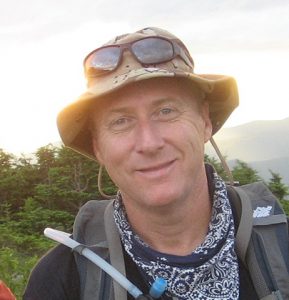
John F. Kouten
How do you help your clients anticipate and take steps to prevent crises?
I’ve worked for very big companies, like Johnson & Johnson and Bristol Myers that are very “paper compliant.” All of their facilities were up to code on every safety standard, and they drilled on all the safety standards. We were very compliant with all the ways that we had to protect the air, land, and water from the manufacturing processes, especially when you’re manufacturing medicine.
There’s waste in the form of liquid and solid waste that has an impact on the land, water, and air quality in the surrounding community. So, we had to make sure that we were constantly monitoring those environmental impacts. The last thing that we wanted to do was find out that we weren’t compliant, that something bad happened, and that we’d have to pay a fine or remediate.
What is the responsibility of a PR professional to a smaller sustainability-focused company that’s perhaps not as experienced in compliance and regulation?
Smaller organizations have the same responsibility as large companies to be compliant. However, since they may lack the same resources as larger companies, it may be challenging. Over my years in the business, I’ve been down this road with small organizations and the best solution is to outsource experts who have expertise in sustainable compliance regulations.
Small organizations can hire agencies, such as Sustainable PR to reduce impact on the P&L while maximizing their expertise and support. Small organizations have greater risk, so clear crisis planning can save a lot of resources down the road.
What is your perception of big companies trying to start a conversation in sustainability?
Companies that are “doing well by doing good” are arguably easier to represent. I don’t want to overlook a bigger company grappling with noncompliant infrastructure, or an energy company that’s trying to transition from fossil fuels to a sustainable renewable energy source but they’re not there yet. Those clients are potentially even harder to serve. So I would hate to overlook those companies because they need us as much as the companies that are starting in sustainable industries from the ground up.
Have you worked on anything new or exciting in sustainability?
I recently worked with a company that was trying to get its license to grow hemp in Vermont. They got it and are now a large producer of hemp in Vermont. We helped them with some of the local and state barriers that they were facing. They knew how to grow hemp, extract CBD from hemp, and other things, but they didn’t understand policies and regulations, so we helped them with some of their public affairs programs. That was an interesting experience!
